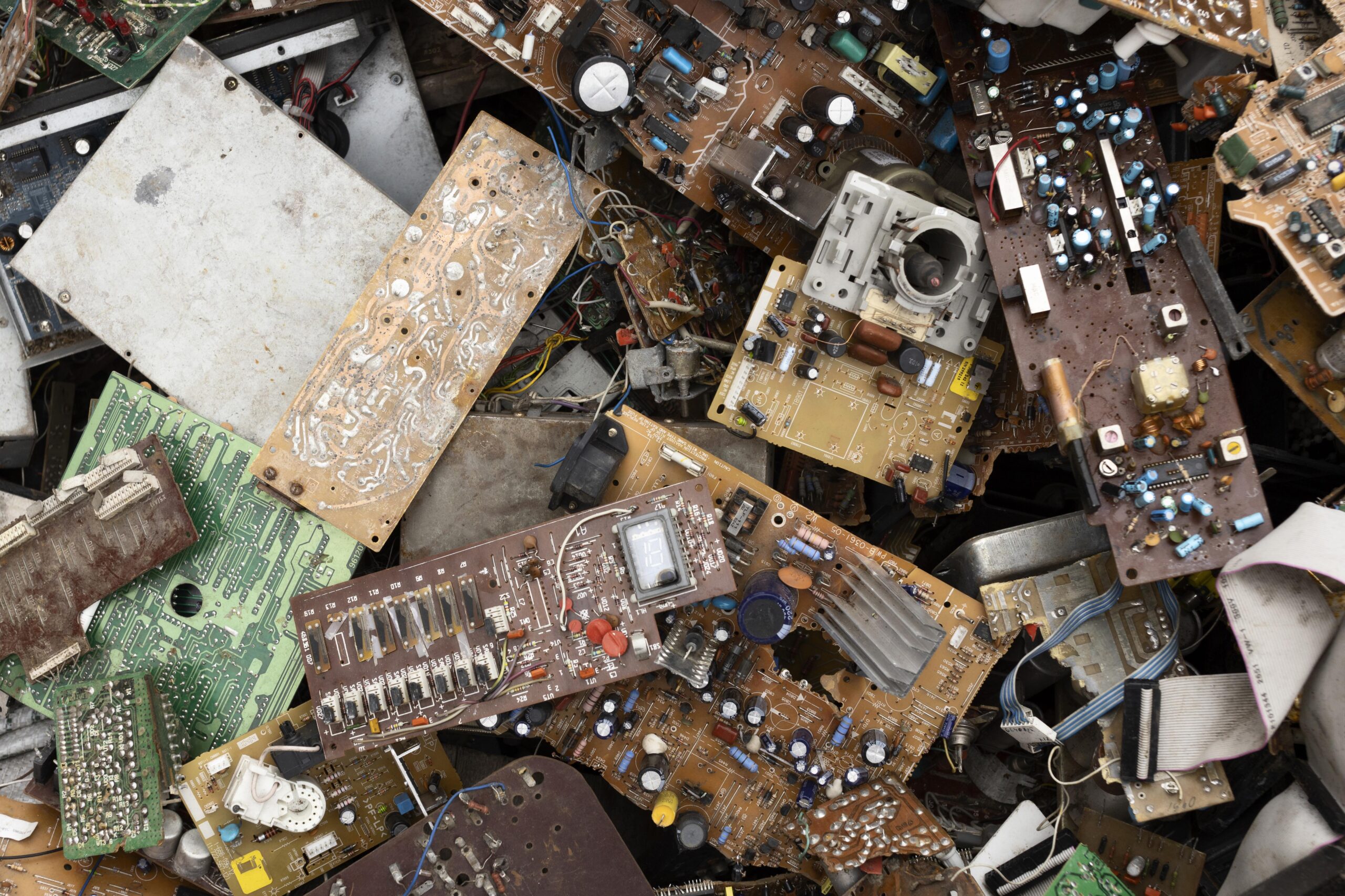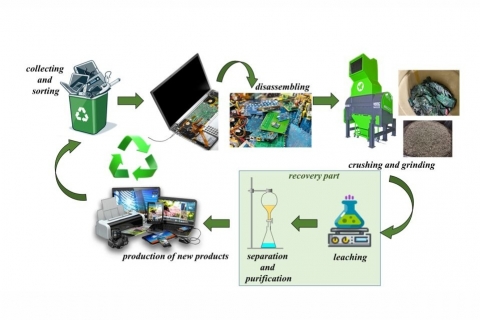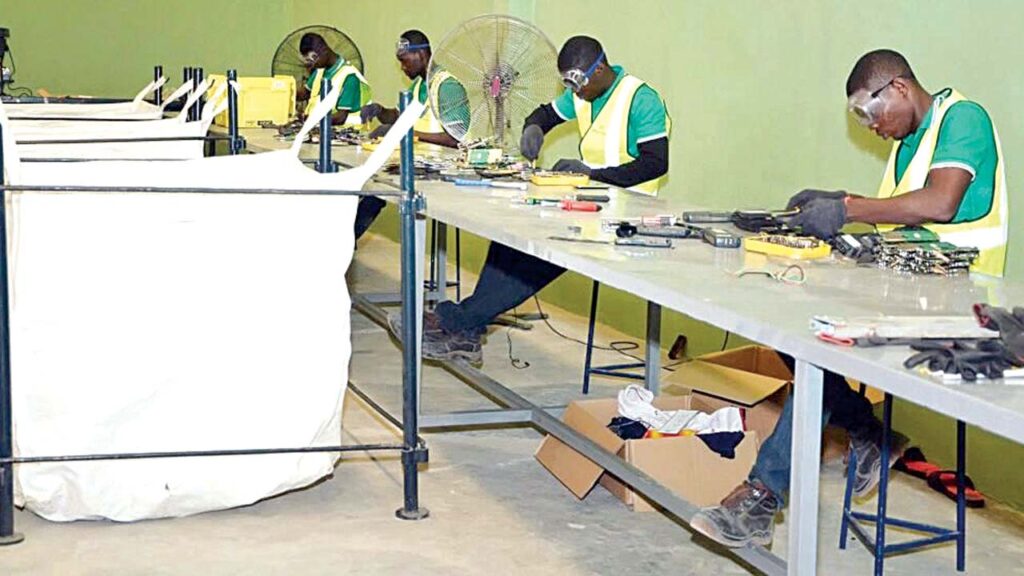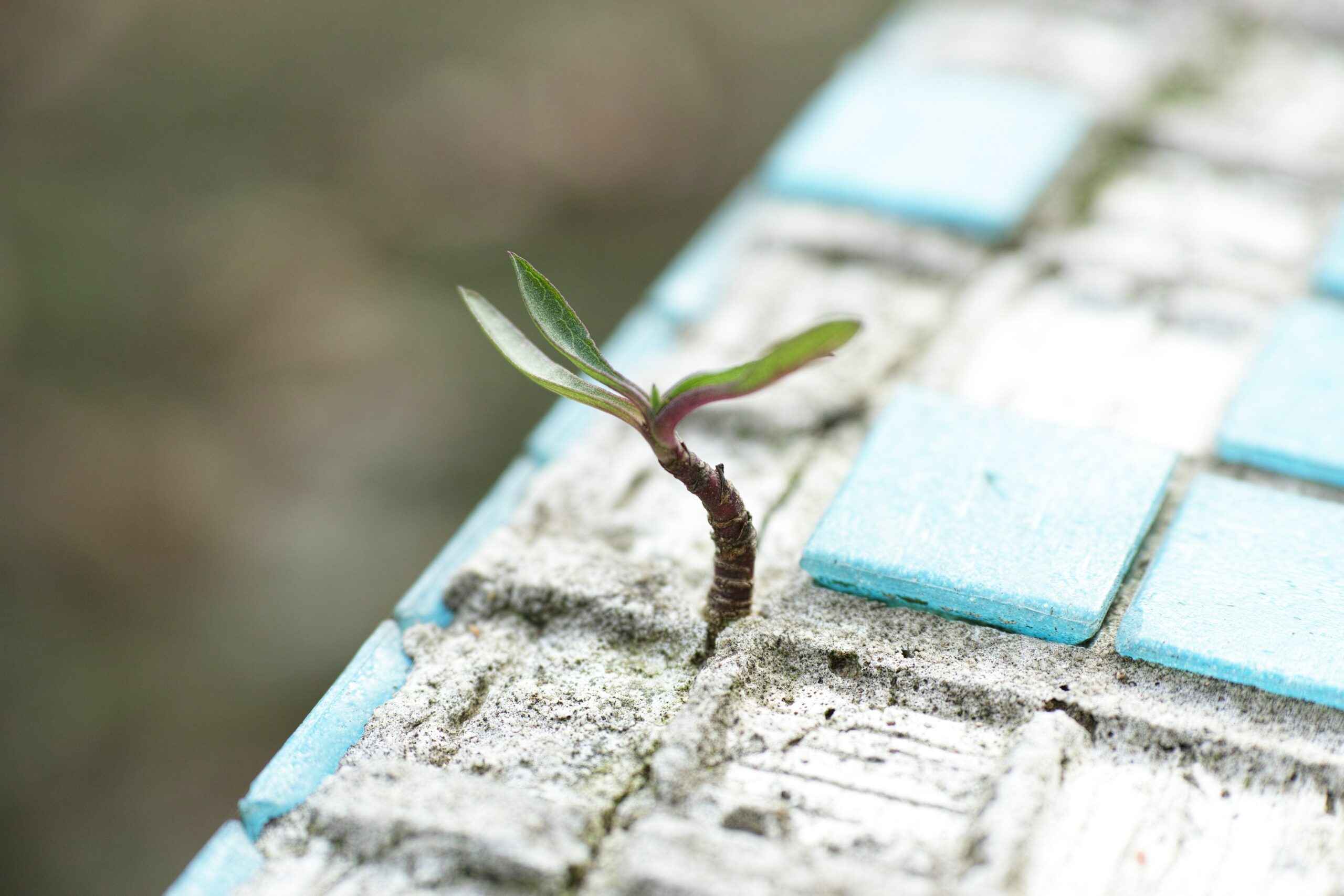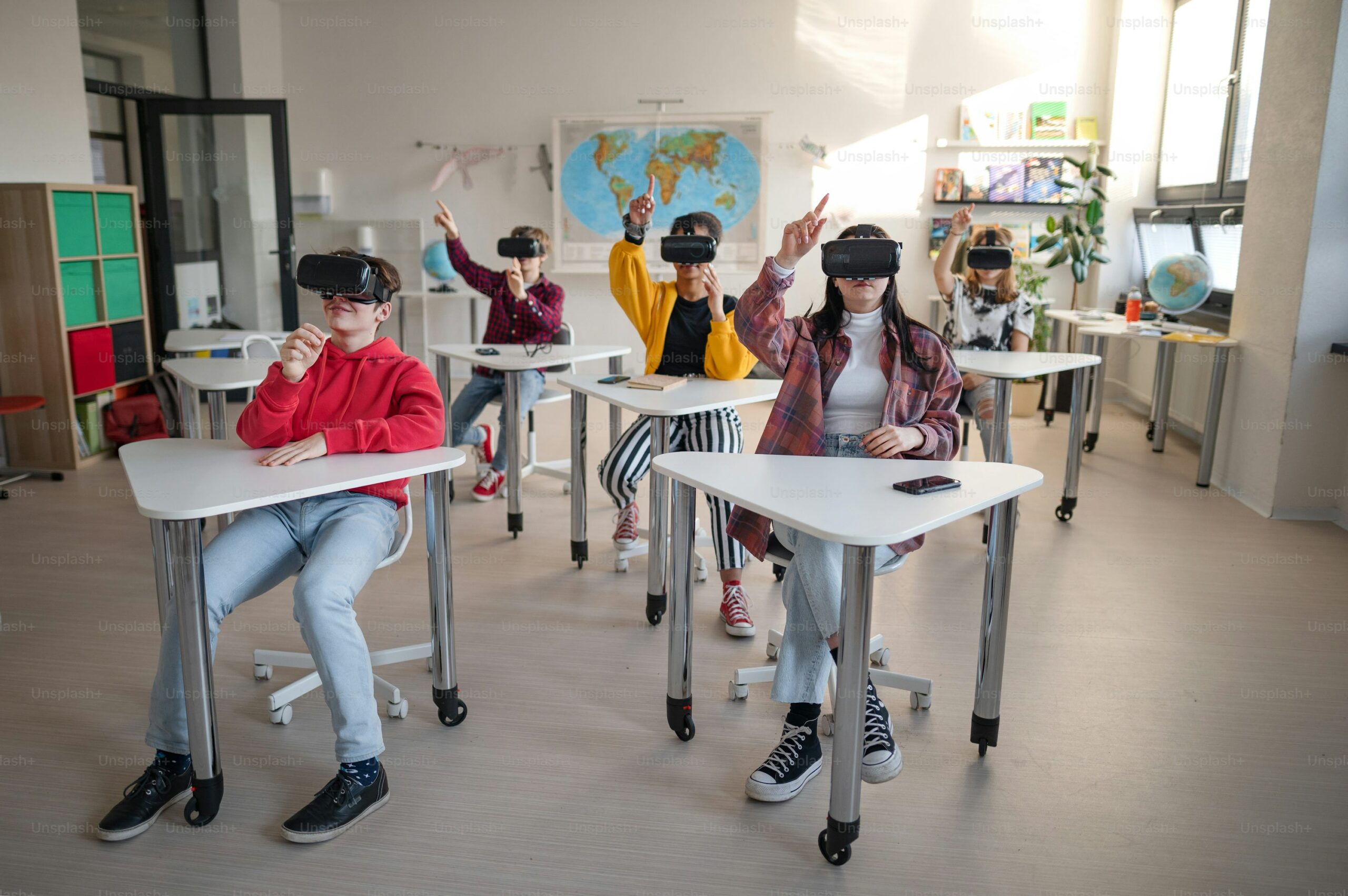In a world rapidly driven by innovation, the pace of technological advancement has created an unintended consequence—mountains of discarded electronics. While high-income nations are racing toward the latest devices, millions of tonnes of e-waste are piling up, with Africa absorbing more than its fair share.
But what if this “waste” is actually the key to solving one of Africa’s biggest educational challenges?
The E-Waste Paradox
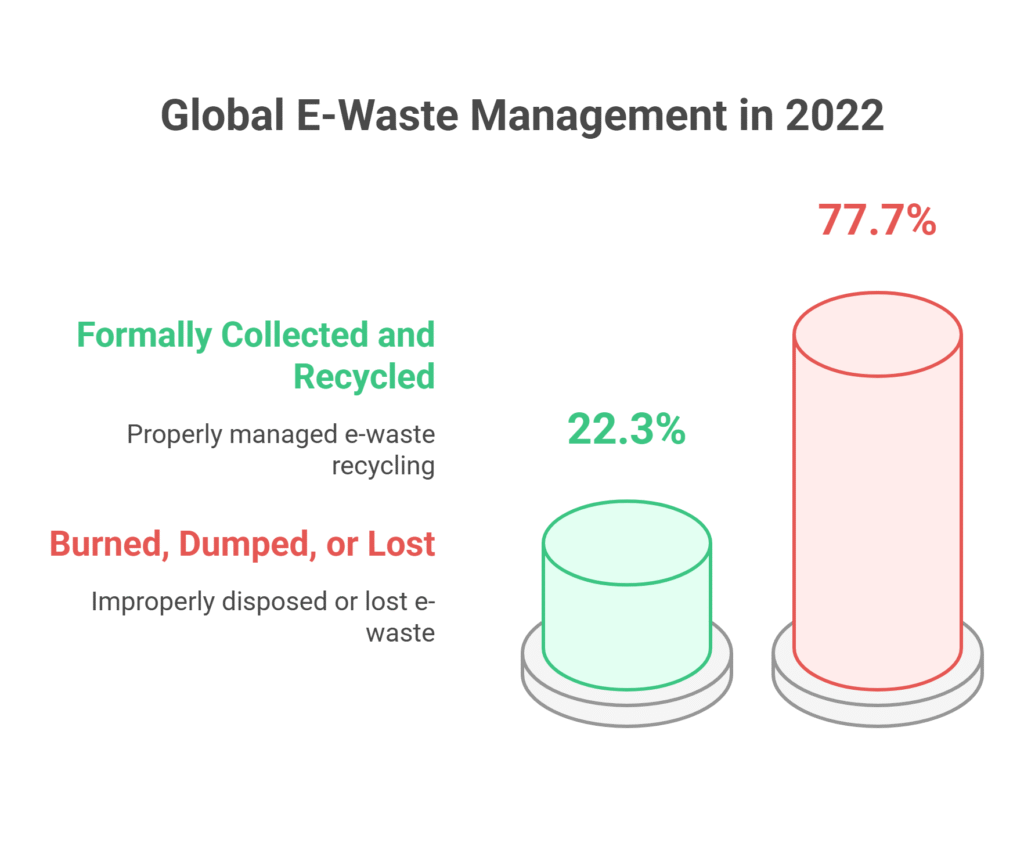
According to the Global E-Waste Monitor 2024, the world generated 62 million metric tonnes of e-waste in 2022 alone. Yet only 22.3% was formally collected and recycled. The rest? Burned, dumped, or lost to informal channels.
Africa, meanwhile, produced an estimated 3.55 million tonnes of e-waste in the same year. Shockingly, less than 1% of this was formally collected—amounting to only 25,000 tonnes. Despite contributing a relatively small portion to global output, the continent bears the brunt of illegal e-waste dumping, with much of it arriving disguised as “second-hand electronics” or donations.
Yet hidden in this crisis lies an opportunity.
The Education Deficit
Access to basic scientific tools is still a luxury in many African classrooms. In Nigeria, for example, a World Bank study on ICT infrastructure in public high schools found that:
- Only 30.1% had sufficient computers in their labs.
- Merely 21.4% had functioning computer systems.
- Just 10.7% had stable electricity to run them.
These findings underscore the urgent need to invest in educational infrastructure to boost access to quality STEM education in the country.
From Waste to Wonder: Rethinking the Lifecycle of Tech
Here’s where the paradigm shifts.
Many discarded devices still contain working components—processors, RAM modules, power supplies, screens, and more. With safe handling and proper refurbishment, these parts can be transformed into:
- Basic oscilloscopes and voltmeters for physics labs
- Modular computing kits for ICT classes
- Disassembled parts for engineering practice
- Solar-powered science stations in off-grid communities
This is not theory—it’s a viable, scalable model.
Local Impact: Hinckley Recycling and the Future of Circular STEM
One of the clearest examples of purposeful e-waste transformation in Nigeria is Hinckley Recycling, a certified Lagos-based organization pioneering responsible electronic waste management. Licensed by NESREA, they collect, dismantle, and process discarded electronics, recovering valuable materials and ensuring toxic components are safely handled.
Hinckley’s operations demonstrate how e-waste can be converted into value, not just economically but also socially. For ECO STEM Africa, organizations like Hinckley represent strategic allies in building a supply chain where refurbished components can be redirected into low-cost, high-impact STEM education tools.
Purpose in Practice: ECO STEM Africa’s Commitment
At ECO STEM Africa, recycling electronic waste is not an afterthought—it is core to our mission. We are committed to addressing two interconnected challenges: the resource gap in STEM education and the escalating environmental threat of e-waste.
Our vision is to build a pan-African model where e-waste is no longer a problem to be managed, but a solution to be activated. By forming partnerships with responsible recyclers, refurbishers, and local technical hubs, we aim to ensure that every piece of usable tech finds its way into a classroom that needs it.
This mission is directly aligned with:
- SDG 4 – Quality Education: Ensuring inclusive and equitable access to STEM learning.
- SDG 13 – Climate Action: Reducing environmental damage through sustainable waste solutions.
What Comes Next?
The journey to purpose-driven recycling in Africa is just beginning. But the potential is immense:
- Cleaner environments.
- Empowered classrooms.
- A generation of students who don’t just learn about the world—they build it.
E-waste is not a curse—it’s an untapped resource. At ECO STEM Africa, we’re turning it into purpose.

